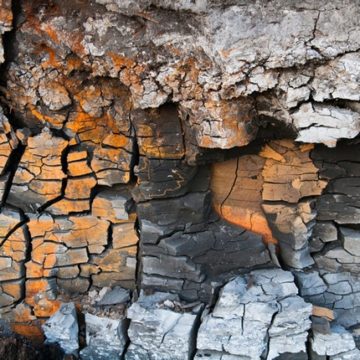Ancient Dry Spells Offer Clues About the Future of Drought
This NASA climate model simulation that dates back to the Aztec and Mayan era shows how deforestation by these ancient empires could have intensified periods of drought that contributed to the decline of these once mighty civilizations. According to the model, regions of Central America inhabited by the Aztecs and Mayans received less rainfall when population levels were high and deforestation was widespread. Years later, as indigenous populations declined following the arrival of Europeans, the regrowth of forests in areas once used by the natives for farming resulted in a much wetter climate. Scientists believe the conversion from farmland to forest modified the surface reflectance of sunlight in those regions, which led to local changes in temperature and rainfall. Climate records derived from cave formations confirm reduced levels of rainfall around the time of the Maya collapse when population levels were higher. This is consistent with model predictions at sites located throughout southern Mexico and the Yucatan Peninsula. Many of these same regions have intact forest today, and scientists say deforestation in these areas could have similar effects on precipitation and prolong future droughts in Central America.




